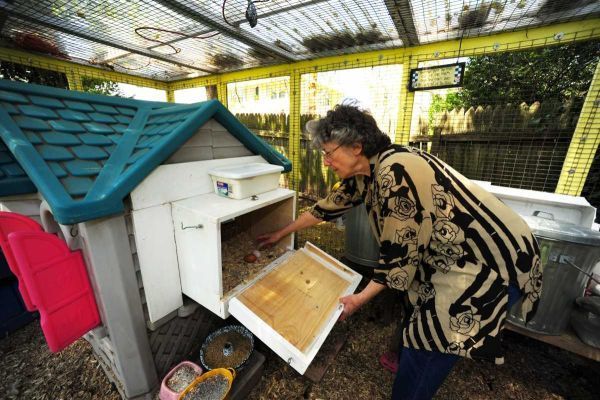Chickens in every yard, I say!

The chicken fairy godmother spreading her feather dust all over the land!
Nothing's happening in the incubator. It's going to be a looonnng day.
Follow along with the video below to see how to install our site as a web app on your home screen.
Note: This feature may not be available in some browsers.
Chickens in every yard, I say!







If all else fails, I will have orps (don't know what color) and Ameraucana (wheaten) chicks in a few weeks. Hopefully. They are happily cooking away in the incubator. Of course with my luck I'll have 15 Roos. Haha.John, the Orp guy just got back to me....
He is out of buff, but has pretty much any other color (including lavender!)
He gave a name of someone that is closer to you, about 20 min away.
Let me know if I should go further. Still waiting for another to get back to me, but I don't know where Bethany is.
Roberta